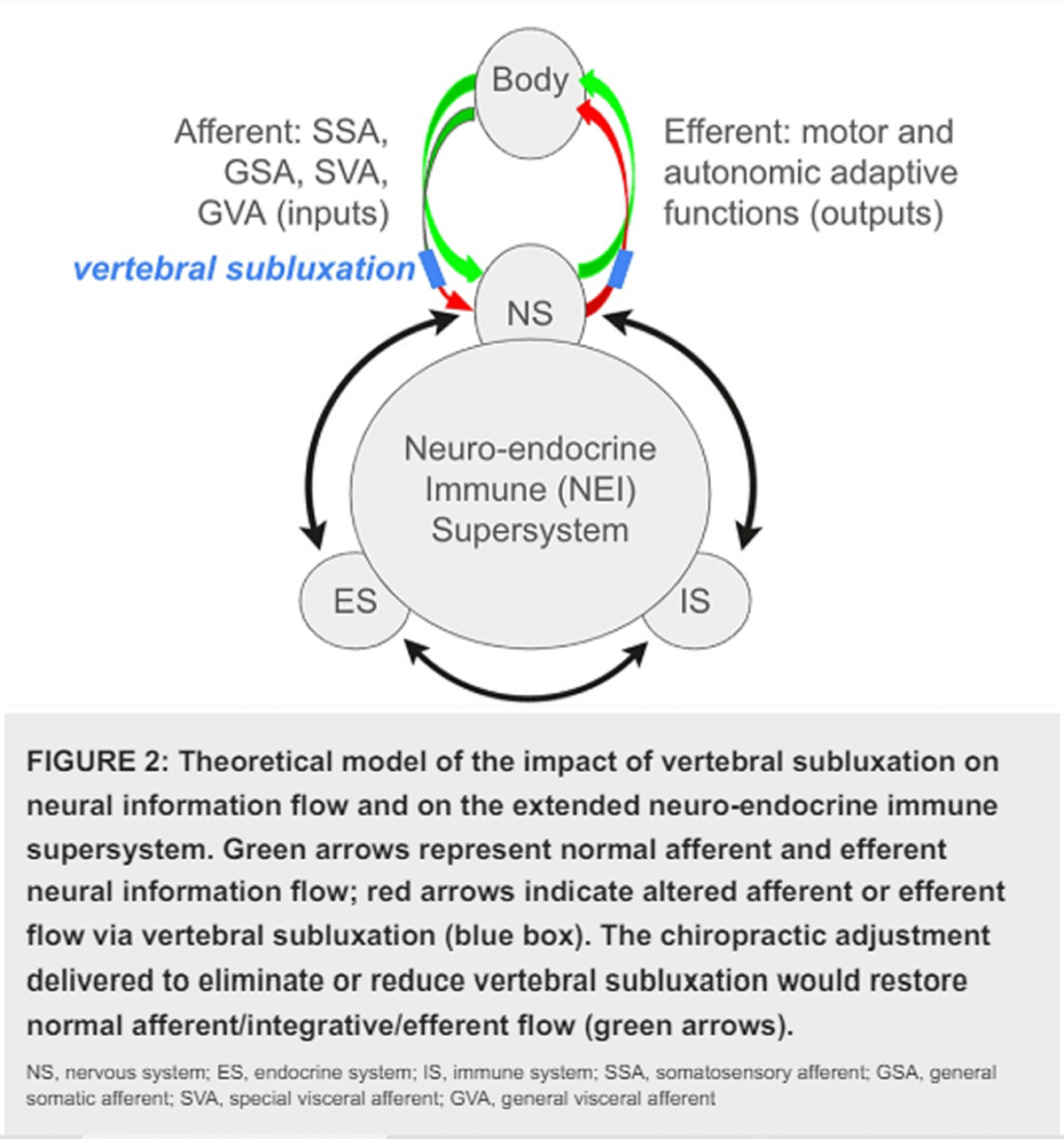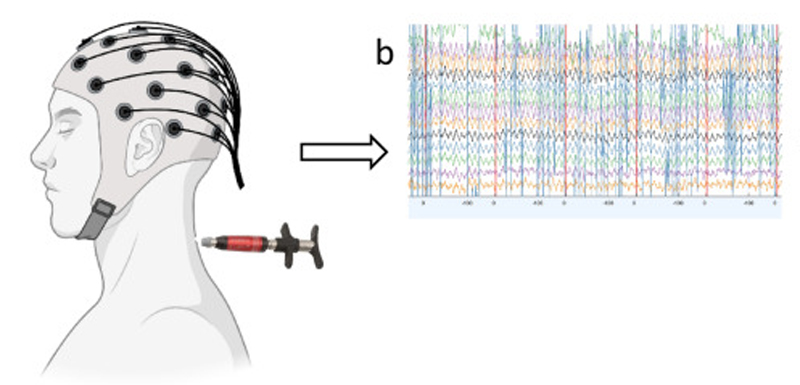Historical Overview and Update on Subluxation Theories
SOURCE: J Chiropractic Humanities 2010 (Dec); 17 (1): 22–32
By Howard Vernon, DC, PhD
Introduction
Manual therapy has, arguably, best been described by a Polish medical manipulation practitioner, Arkuszewski, [1] as “a mechanical therapy with reflex effects.” The phrase mechanical therapy can be further characterized by noting that it is performed in the musculoskeletal (MSK) system. The phrase reflex effects can be further qualified, at the very least, to indicate that these are “health-beneficial.” Therefore, a revised version would read as follows:
This formulation also provides a basis for describing the primary disorder posited by chiropractic theory: subluxation. Recognizing that, for chiropractic, the subluxation has always been viewed as the “thing for which adjustment (manual therapy) is done,” a first-pass definition of subluxation, a la Arkuszewski, would be:
Since the founding of chiropractic and the other manual therapy professions, 2 fundamental issues have vexed us:
- What kind and location of mechanical problem in the MSK system qualifies as a subluxation (or any of the other terms used as synonyms within and outside of chiropractic)?
- What kind of health-deleterious effects are specifically associated with subluxation?
The author recognizes that numerous others have attempted to review the subluxation concept, including recent excellent reviews by Gatterman, [2] Peters, [3] and Ebrall. [4] These previously published discussions are not reviewed here. What follows is a nonsystematic overview of selected developments in the profession that have addressed these 2 questions.
Discussion
An easier version to read is in the LINKS Subluxation Section
The archetypical and founding event in the history of the chiropractic profession is Daniel David Palmer’s first treatment of Harvey Lillard. From Palmer’s original work, [5] he describes his thinking leading up to this event as:
“Pressure on nerves causes irritation and tension with deranged functions as a result. Why not release the pressure? Why not a just cause instead of treating the effects? Why not?”
“I claimed to be the first person to adjust a vertebra by hand, using the spinous and transverse processes as levers. I developed the art known as adjusting.…”
“The basic principle, and the principles of chiropractic which have been developed from it, are not new. They are as old as the vertebrae.… I am not the first person to replace a subluxated vertebra, for this art has been practiced for thousands of years.”
SOURCE: Read the rest of this Full Text article now!





This is an excellent article and if we can continue to work towards developing and expanding upon these concepts, it will continue to reinforce the high quality information that supports our chiropractic profession. Keep up the great work!
Great article!
I am not sure why anyone would think that Dr. Vernon’s review is lacking in any way. He makes no absurd claims, his opinion is based in peer reviewed fact, and is very comprehensive given the relatively short length. He is especially forward thinking with the Spinal Dysfunction Model. Far from beating the same dead ‘subluxation complex” horse found in similar articles, he proposes a partial model that does not violate known science. Certainly, there is no basis to disparage his work and resort to the supernatural for an explanation of how and why Chiropractic works. To do so is comparable to mystical Medieval rational for why mercury is a “liquid” – which was proposed because the alchemists had exhausted their knowledge base but felt compelled to give some sort of explanation anyway. Discovering the origin of the phenomena seen post Chiropractic adjustment should not be a modern day search for the Philosopher’s Stone. To that end, I cringe whenever I hear the contemporary equivalent; a “Quantum Theory of Chiropractic.” Only someone who is clueless of the laws of physics would say such a thing, yet people pay to hear it. The laws of the physical world do not overlaps those of the subatomic in a way that we can readily manipulate, but the layman is not aware of this fact. Similarly, data supporting “supernatural” phenomena is a universe away from biological science, which is what will ultimately render an explanation for how Chiropractic works. Until then, it is my fervent hope that we, as a profession, can avoid embarrassment and ultimate invalidation by the scientific community because we give up on science and resort to metaphysics when our research is not adequate to give us the answers we seek. Rather than yield to the paranormal, we should invest in research. The result will be much more gratifying.